The Sears catalog proceeded to do for mail-order shopping what amazon.com later did for online shopping. In our house, as in many others, the arrival of the Big Book was truly an event. Twice a year, an enormous tome, 2-3” thick, was stuffed into our mailbox, in plenty of time for us to order our back-to-school wardrobe, our Easter finery, and our summertime shorts and halters. My sisters and I pored over its offerings, hoping they would make us look like the models in the pictures. Our choices bookmarked, we measured our chests, waists, and hips (which in fact were all about the same circumference in those days) and traced the outlines of our feet, all in a quest for the perfect fit. Our mom meticulously filled out the order form, which often spilled over onto two or three pages, carried it out to our mailbox, and raised the red flag to alert the carrier to the presence of outgoing mail. Then, biting our nails, we awaited the arrival of our precious cargo.
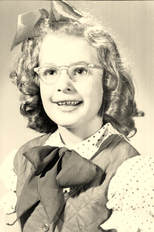
The vacuum cleaner is long gone, but I still have my mother’s Franklin Deluxe Rotary Model sewing machine in its original red-stained wooden cabinet, along with a box full of lethal-looking attachments with names like the Multiple Slot Binder, the Five Stitch Ruffler, the Underbraider, the Edgestitcher, and the Gathering Foot. Alone in an even bigger box is the Adjusting "Famous" Buttonhole Worker. The machine itself is an early electric model with a thigh-operated lever instead of a treadle. I learned to sew on it. Again, I replaced it not because it was broken but because I wanted some fancier and more user-friendly features. I haven’t plugged it in for half-a-century - I now use it to hold my inbox - but for all I know it still works.
The Sears folks were well aware that their catalogs were a potential treasure trove for anthropologists. In 1943, the year I was born, the Sears News Graphic referred to it as “a mirror of our times, recording for future historians today’s desires, habits, customs, and mode of living." Producers of Broadway shows and Hollywood movies still turn to the old Sears catalogs for help with retro styles and furnishings.
The Big Book was discontinued in 1993, but Sears was slow (too slow) to introduce online shopping and its fortunes dipped. Wishbook.com was launched in 1998, but the beloved print version wasn’t retired until 2011 - only to be revived this year by popular demand. Whether it will be reissued next year remains to be seen.
I can't remember why we didn't shop in the store more. I mean, why did we order our clothes from the catalog if we could go and try them on in the store? Perhaps there was no children's clothing department? Or only a limited selection of styles and sizes? All I know is that it never occurred to us not to catalog-shop. Perhaps it's the 20th century equivalent of ordering something on amazon.com that I could easily pick up in the drugstore.
Sears was not the only purveyor of prefab houses nor even the first, but it was the largest and most diversified. Several editions of the 1908 Modern Homes catalog were issued, ending up with a selection of more than 40 house designs, with prices ranging from a few hundred to a few thousand dollars. By the time Modern Homes came to an end there were 447 models in all, according to the Sears Archives, in different sizes and architectural styles, stratified into three lines to accommodate different budgets. Some were only offered once; other more popular models were evergreens that reappeared year after year.
After absorbing many foreclosures during the Depression (to avoid giving the impression they were abandoning their customers!), Sears discontinued financing in 1934. In 1940 the last of the Modern Homes catalogs was published, but kits continued to be sold through 1942, including designs from the 1940 issue as well as new designs that had never appeared in the catalog. By then an estimated 100,000 had been built, many of which are now listed on the National Register of Historic Places.
Before my recent visit to Shark River Hills, I emailed my childhood friend Bill to ask if he had any "then" photos to pair with the "now" photos I was planning to take. He responded with two photos of his family's home on South Riverside Drive, taken in 1949. His father later dug out the crawl space beneath the porch to extend the basement and enclosed the porch itself to provide more living space, so the house looks quite different today. But those changes were made after the Stodolas left Shark River Hills; these photos show the house as I remember it. Thanks, Bill!
In his narrative about the house's history, Bill also mentioned - much to my surprise - that it was one of several summer homes built in the 1930's by a developer from Sears kits shipped by rail to Belmar and then transported to Shark River Hills for assembly. Unlike his family's comfortable two-story home, said Bill, most of these houses were smaller, single-story affairs.
"That's the story I heard anyway," he added.
Unfortunately, it is not always easy to identify Sears homes. A few years after Sears stopped selling kits, all sales records were jettisoned. Some homeowners did not want it known that they lived in kit homes and destroyed the evidence. Sears offered reverse floor plans and encouraged buyers to customize - to swap out the siding material, to add a dormer - resulting in a certain lack of uniformity. Competing kit home manufacturers often copied design elements from one another, which can also contribute to confusion.
Still, there are a few markers - stamps on the lumber used for framing on houses built after 1916, shipping labels, a small circled "SR" cast into the lower corner of the bathtub in houses built during the 1930s, etc. - that can help to support or rule out a house's pedigree. Paperwork found in the home and legal documents can also provide clues, as can comparison with published house plans. And of course, unless the house was built between 1908 and 1942, it cannot be a Sears home. (See Rosemary Thornton's fascinating books on Sears houses for more help in verifying authenticity.)
Although New Jersey boasts many kit houses, I have yet to uncover any more information about the would-be Sears homes of Shark River Hills. Wouldn't it be cool to develop a Shark River Hills equivalent of this list of kit homes in my current hometown of Ann Arbor, Michigan, posted by Rosemary Thornton on her blog? On the other hand, it is well to bear in mind that many family legends are simply that, legends, and more people think they own Sears houses than actually do.
Perhaps a loyal reader will step forward to elaborate on the history provided by Bill and to identify additional Sears homes that might, just might, be hidden in plain sight in Shark River Hills.
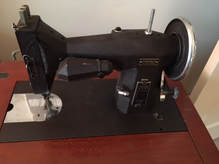
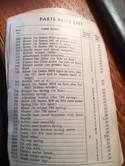
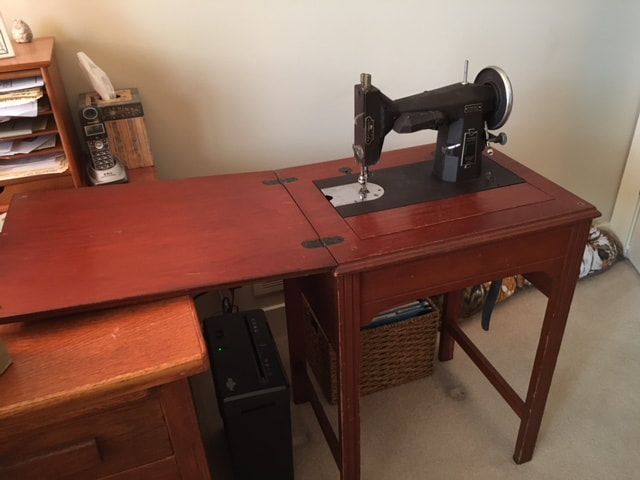
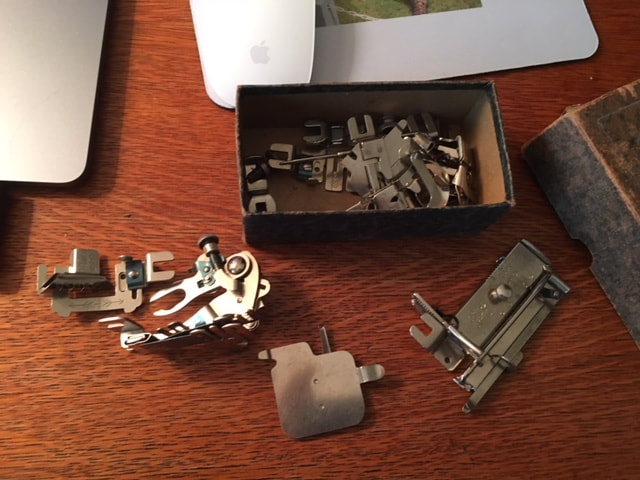
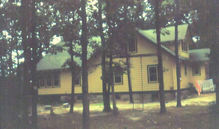
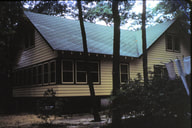

 RSS Feed
RSS Feed